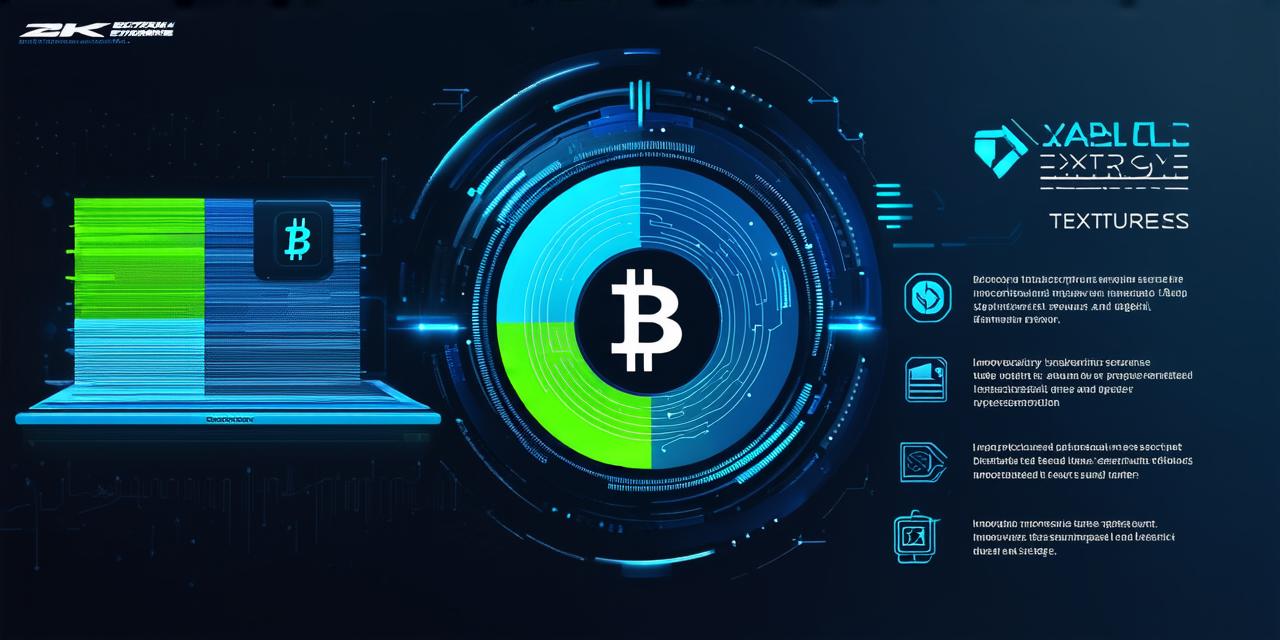Blockchain technology is quickly becoming a buzzword in the tech industry. But what exactly is it? In this comprehensive guide, we will explore blockchain and its potential applications, including its benefits, challenges, and future prospects.
Understanding Blockchain: A Definition
A blockchain is a distributed ledger or database that maintains a continuously growing list of records, called blocks, which are linked using cryptography. Each block contains multiple transactions, and every time a new transaction is added to the block, it is verified by the network’s nodes and then added to the blockchain.
Once a block is added to the chain, it cannot be altered or deleted, ensuring that the data stored on the blockchain is secure and transparent. This makes it an ideal solution for applications where security and transparency are critical.
The Benefits of Blockchain Technology
There are several benefits of blockchain technology that make it a popular choice among developers:
- Decentralization: One of the key features of blockchain is its decentralized nature. This means that there is no central authority controlling the network, making it more resistant to tampering and hacking.
- Transparency: All transactions on a blockchain are publicly visible and can be verified by anyone on the network. This ensures that all parties have access to the same information, reducing the risk of fraud and corruption.
- Security: The use of cryptography in blockchain ensures that data is secure and cannot be altered or deleted once it has been added to the chain.
- Immutability: Once a block is added to the chain, it cannot be altered or deleted, ensuring that the data stored on the blockchain is immutable.
- Smart Contracts: Blockchain technology enables the creation of smart contracts, which are self-executing contracts with the terms of the agreement between buyer and seller being directly written into lines of code. This eliminates the need for intermediaries, reducing costs and increasing efficiency.

The Challenges of Blockchain Technology
While blockchain technology has several benefits, it also presents several challenges:
- Scalability: One of the main challenges of blockchain is its scalability. Currently, most blockchains can only handle a limited number of transactions per second, making them unsuitable for high-volume applications.
- Regulation: Blockchain technology is still in its early stages, and there is currently no clear regulation governing its use. This presents challenges for businesses looking to adopt the technology, as they may be subject to legal issues if they do not comply with existing regulations.
- Adoption: While blockchain technology has several benefits, it can be difficult to convince people to adopt it due to its complexity and lack of familiarity.
- Privacy: Blockchain technology is often associated with anonymity, which can present privacy concerns. For example, transactions on a public blockchain are visible to anyone on the network, which could potentially compromise individuals’ privacy.
The Future Prospects of Blockchain Technology
Despite the challenges, the future prospects for blockchain technology are promising. As the technology continues to evolve and improve, we can expect to see more widespread adoption in various industries, including finance, supply chain management, and healthcare.
One of the most exciting developments in blockchain technology is the emergence of decentralized finance (DeFi) applications. These applications use blockchain technology to create financial products and services that are transparent, secure, and accessible to anyone with an internet connection.
Another area where blockchain technology is gaining traction is in supply chain management. By using blockchain to track the movement of goods from production to delivery, companies can improve transparency, reduce costs, and increase efficiency.
Blockchain Technology in Practice: A Real-Life Example
One real-life example of blockchain technology in action is Bitcoin, the first and most well-known cryptocurrency. Bitcoin uses a decentralized network to facilitate peer-to-peer transactions, eliminating the need for intermediaries like banks. Transactions are recorded on a public blockchain, ensuring transparency and immutability.
anderen real-life example is Ethereum, a blockchain platform that enables the creation of smart contracts. Smart contracts have already been used in various applications, including supply chain management, voting systems, and even art ownership tracking.
FAQs: Frequently Asked Questions About Blockchain Technology
1. What is the difference between blockchain and a database?
A database stores data in tables, while a blockchain is a distributed ledger that uses cryptography to maintain a continuously growing list of records.
2. Is blockchain technology secure?
Blockchain technology is secure due to its decentralized nature, use of cryptography, and immutability. However, it is important to note that no system is completely immune to security threats.
3. What are the potential applications of blockchain technology?
Blockchain technology has several potential applications in various industries, including finance, supply chain management, healthcare, and more.
4. How does a blockchain work?
A blockchain is a distributed ledger that maintains a continuously growing list of records, called blocks, which are linked using cryptography. Each block contains multiple transactions, and every time a new transaction is added to the block, it is verified by the network’s nodes and then added to the blockchain.
5. What is the difference between public and private blockchains?
A public blockchain is open to anyone and allows anyone to participate in the network, while a private blockchain is restricted to a specific group of participants and requires permission to join.
Summary: The Potential and Limitations of Blockchain Technology
Blockchain technology has the potential to revolutionize various industries by providing a secure, transparent, and decentralized solution for storing and sharing data. However, it also presents several challenges that must be addressed in order for it to reach its full potential. As blockchain technology continues to evolve and improve, we can expect to see more widespread adoption in the coming years.
